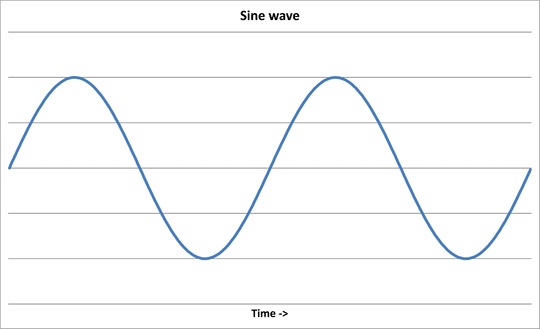A personal thing – focus on tone, which indicates how well you’re playing
Ensemble can work on group tuning, balance, blend
Both: relaxation
Negative: boring because it’s repetitive
Value of warmup:
- Focus mentally & prepare the body
- Calm nerves
- Prevent injury – raise muscle temperature – 5-minute minimum to do this
- Increase endurance
- Warm horn up into pitch (low brass tend not to do this)
Value of routine:
- Remember how to play – start from scratch every day, stay on the straight and narrow path, check your compass heading
- Review the basics to be certain they are correct
- Increase consistency and improve skills
- No uncertainty of what to do or how to sound; leads you into correct playing
- Efficient use of time – don’t have to think about what to do
- Mentally calming
Procedure
- Should warm up each time you play, but not as much for the first time of day (sleep does something)
- Should be memorized ASAP so player can focus on listening; don’t need to find music to warm up
- Rest 50% of the time – study music during the rests
- Length – 5 minute minimum to warm up the muscle temperature
10 – 15 minutes recommended – 1:1 play:rest ratio
Easily as much as 20-45 minutes – CSO, but that’s really practice; but if you think you need it, you need it
Warm Down – restore response; a warm up in reverse order; helps minimize bad following days
Attitude – trumpet is the best, fearless: conductor, high, fast soft, etc.
Posture – tall as you can: breathe, good looks, keep brain sharp
Breathing – Warm up the breathing muscle- 3 large breaths in a row = dizzy
Leak and Seal – set proper embouchure position; sound of air pressure, as easy as possible, corners in correct position and their reaction to air
Buzz –
- Sirens – warm up muscles and coordinate protractors and retractors; may need to start small
- Songs – coordinate ear and lips; include tonguing and slurring (ww’s can play in hard keys)

Long tones tend to numb the mind, but lyrical studies emphasize interpretation, phrasing, dynamic, nuance, etc.
(Horn and trombone players often start up with lip slurs) – start with bigger intervals right away; but, the trombone has to tongue if they don’t lip slur
Tone Studies – Listen to recordings;
fine tune the muscles by the sound in your head;
Leyva – experience things vicariously – must listen to know what to sound like
Moving long tones – short, slow, simple melodies moving in 2nds or 3rds; medium range; medium volume, slow enough to allow player to hear tone quality
Three goals:
- Great attack (release) – Oh, tu
- Great tone
- Smooth connection – listen to the sound between notes (the slur); fast valves; glide across the ice
Catch yourself doing something right; rock with the hole in it – late and early bloomers
Layoff – a chance to come back as you should have played, not as you used to play
Range expansion – 10% maximum of total practice p.27
Continuation/Melding into Practice Routine
- Flow studies – HO p.16, BE21,22,26 – tonguing only 1st note after the breath
Faster than moving long tones, wider range, bigger internals. No change in sound production e.g. Clarke Technical Studies BC. P. 26
- Simple
Melodies etudes
Getchell Practical Studies, Concone, Bordogni, - Lip slurs
Two notes back and forth – adjacent overtones
Skip overtones – Dirty Dozen
- Tonguing –
Single – keep notes very long at first, then move to staccato
Double and triple
Good time to work on scales to accomplish two things at once
Warmup Materials
Arban – trumpet – Complete Conservatory Method
Schlossberg – trumpet – Daily Drills and Technical Studies
Little – horn – Embouchure Builder
Remington – trombone – warmup studies – BC p.24